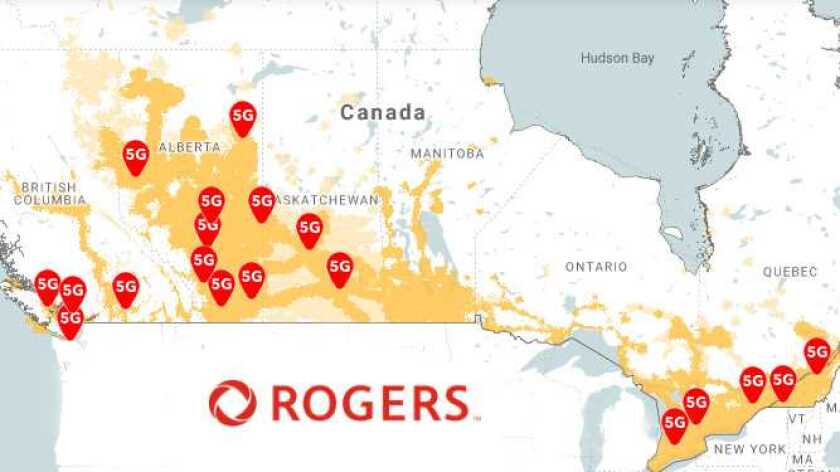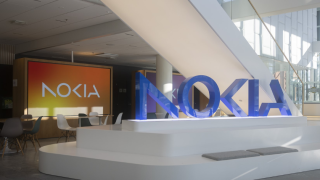Rogers said its 5G network is entirely supplied by Ericsson. Brent Johnston, president of wireless at Rogers Communications, said: “We’re excited to roll out 5G to more communities large and small so that Canadians can use the latest 5G devices to their full potential. With access to Canada’s largest 5G network, … there’s no question that Rogers is the best place to get the latest 5G devices this year.”
Rogers said that more than two million people are already on its 5G-ready Rogers Infinite unlimited data plans, “representing the most customers of any wireless provider in Canada with no overage fees”.
The company claimed that 5G investment would “contribute an estimated $40 billion [US$30 billion] to the country’s economy and 250,000 permanent new jobs by 2026”.
Rogers said that 5G will offer a “combination of ultra-low latency for near-instantaneous responsiveness, a massive increase in the number of devices that can be connected to the network and new applications [that] will open a world of possibilities – such as real-time traffic management to reduce gridlock and commute time, remote healthcare and virtual surgery for isolated communities, drones using thermal imaging to better inform firefighters trying to fight forest fires and multi-player, lag-free gaming on the go”.
Jorge Fernandes, the CTIO of Rogers, said 5G is “expected to be the most transformative technology since wireless services were introduced in 1985”. He said: “5G will transition us to a truly digitally connected world”.
Rogers uses spectrum in three blocks for 5G: 600MHz, 2.5GHz and AWS – a mainly North American term, meaning advanced wireless services, covering spectrum from about 1.7GHz to 2.2GHz.
The company uses dynamic spectrum sharing in a number of markets, meaning 4G and 5G share spectrum.






